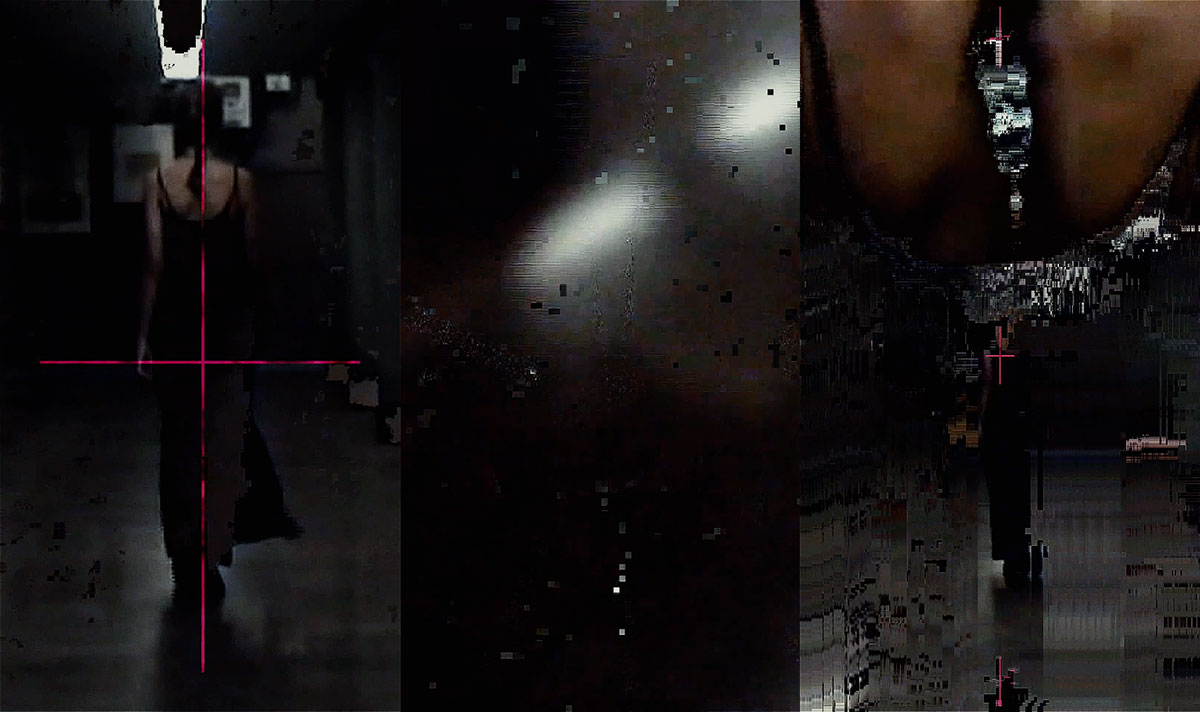CHENG Dao-Yuan

Where End Is Silent
- 2022, single-channel video, five-channel sound
- Dimensions variable.
- Courtesy of the artist. Cast: Alysée Yin Chen.
Curatorial Perspective
A bridge across a courtyard is an unfamiliar link between existence and non-existence – floating, in emptiness. This artist attempts a back and forth of imagery, among sound, images, and space, echoing the structure of the venue and exploring the interplay and coexistence of front and back, up and down, past and future. Staggered, reverberating, and strange sounds tear at the anchoring points of the virtual and the real, as recurring absurd images reflect the start of the end. Cheng makes use of a multi-channel system he has studied in recent years to present his sound designs, experimenting with relationships between sound and space: variations in and blurring of sound textures and phases and compression and stacking of boundaries between texture and perception.
Creation Description
Where End is Silent is a mixed media work that was produced by Cheng Dao-Yuan for the “2022 Taiwan Art Biennial.” A bridge across a courtyard is an unfamiliar link between existence and non-existence – floating, in emptiness. This artist attempts a back and forth of imagery, among sound, images, and space, echoing the structure of the venue and exploring the interplay and coexistence of front and back, up and down, past and future. Staggered, reverberating, and strange sounds tear at the anchoring points of the virtual and the real, as recurring absurd images reflect the start of the end. Cheng makes use of a multi-channel system he has studied in recent years to present his sound designs, experimenting with relationships between sound and space: variations in and blurring of sound textures and phases and compression and stacking of boundaries between texture and perception. More than a reverse extension of the end, this video installation is like a door frame bound in reality. Using different methods to destroy and displace, Cheng then reconstructs the content of images, with contrast and reflection the main axes for expression. Driving the instinct for direction within the space, he elicits a dormant desire to move, leading to an opposing self-image in the end. Guided by sound and images, embodied cognition is established.

